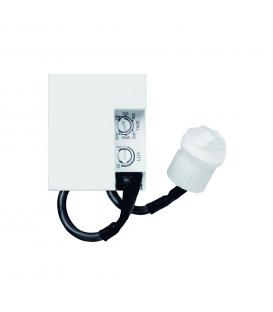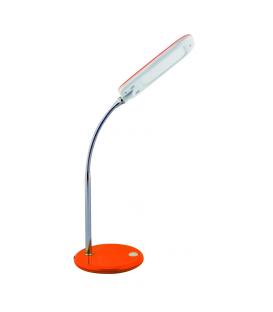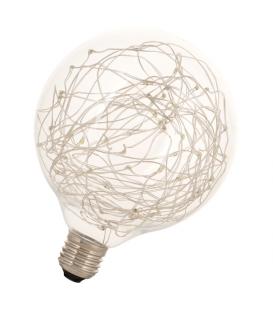Typical materials used for lamps, light fittings and luminaires.

Lamps, light fixtures, and luminaires are essential elements of interior and exterior lighting design, and they can be crafted from a wide range of materials to achieve various aesthetic, functional, and durability goals. The choice of materials often depends on the design style, the intended application, and the desired overall look and feel of the lighting fixture.
Here's a comprehensive overview of the typical materials from which lamps, light fixtures, and luminaires are made:
Metal:
- Aluminum: Aluminum is lightweight and corrosion-resistant, making it a popular choice for modern and minimalist fixtures.
- Steel: Steel is durable and can be molded into various shapes, suitable for both contemporary and industrial designs.
- Brass: Brass has a warm, timeless appeal, often used for vintage or classic lighting fixtures. It can develop a patina over time.
Glass:
- Clear Glass: Clear glass allows for unobstructed light diffusion and is commonly used for traditional and contemporary fixtures.
- Colored Glass: Colored or stained glass can create vibrant, artistic effects in fixtures, often seen in Tiffany-style lamps.
- Frosted Glass: Frosted glass softens and diffuses light, providing a more subtle and diffused illumination.
Ceramic:
- Porcelain: Porcelain fixtures are elegant and can be intricately designed. They are often used for delicate, decorative lighting pieces.
Wood:
- Wood: Wooden fixtures add warmth and a natural touch to interiors. Different types of wood, such as oak, walnut, or bamboo, can be used to achieve various aesthetics.
Plastic:
- Acrylic: Acrylic is lightweight and can mimic the appearance of glass. It's often used for modern and budget-friendly fixtures.
- Polycarbonate: Known for its durability, polycarbonate is resistant to impact and is used in outdoor and industrial lighting.
Fabric:
- Fabric Shades: Lampshades are commonly made from fabric, which can be chosen to complement the decor and create a soft, diffused light.
Crystal:
- Crystal: Crystal is associated with luxury and elegance. Crystal chandeliers and pendants feature intricate designs and refract light beautifully.
Stone:
- Marble: Marble is a premium material often used for lamp bases and decorative fixtures, adding a touch of opulence.
Bamboo and Rattan:
- Bamboo and Rattan: These natural materials create a rustic or tropical ambiance and are commonly used in pendant lights and outdoor fixtures.
Composite Materials:
- Composite: Modern manufacturing techniques have led to the creation of composite materials that combine various elements like resin, fiberglass, or metal to achieve unique designs and durability.
Recycled and Sustainable Materials:
- In line with environmental consciousness, some fixtures are crafted from recycled materials or sustainable sources like reclaimed wood, recycled glass, or eco-friendly plastics.
Mixed Materials:
- Many contemporary designs incorporate a mix of materials to create visually striking and eclectic fixtures, such as combining metal with wood or glass with steel.
The choice of material not only affects the appearance and durability of the lighting fixture but also its functionality and cost. Ultimately, the selection of materials should align with the intended purpose and design vision for the space in which the lamp, light fixture, or luminaire will be used.






